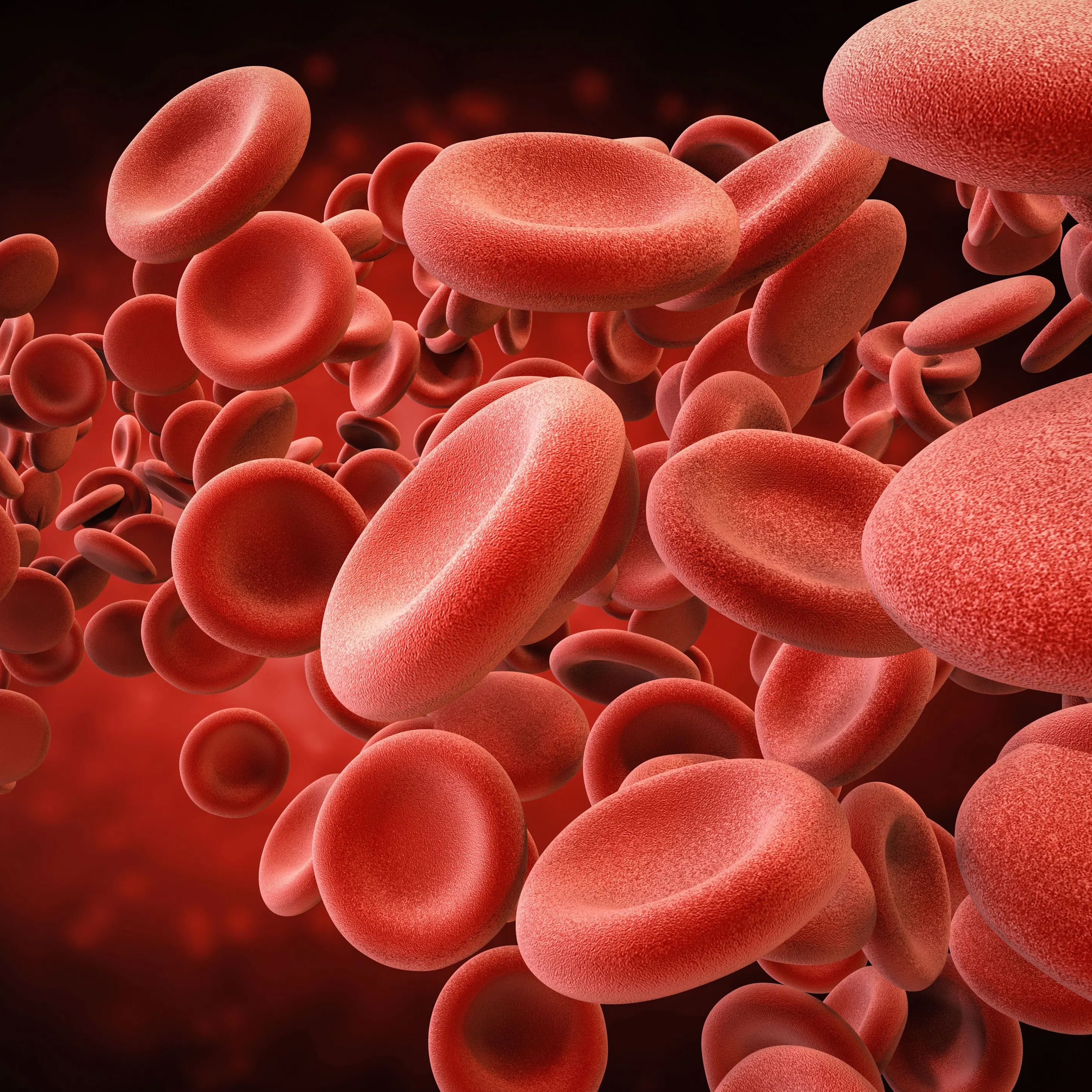Article
Javed Butler, MD: Clinical Benefits of Patiromer in Reducing Hyperkalemia
Author(s):
The majority of patients with HFrEF and RAASi-related hyperkalemia achieved optimal doses of RAASi when treated with patiromer.
New findings suggest patients taking renin-angiotensin-aldosterone system inhibitor (RAASi) medication for heart failure with reduced ejection fraction (HFrEF) had much lower blood potassium levels when taking patiromer, compared to placebo.
As a result, patiromer may be used to control hyperkalemia, a side effect of RAASi therapy, in patients with HFrEF and help maintain normal serum potassium levels.
These findings were presented at The American College of Cardiology (ACC) 2022 Scientific Sessions in Washington, DC.
In an interview with HCPLive, lead investigator Javed Butler, MD, Patrick H Lehan Chair of Cardiovascular Research, University of Mississippi, discussed the clinical understand of patiroma before the DIAMOND trial. He noted previous studies were done for enablement, but there was a lack of longer term studies.
"What we knew was that it can control potassium levels, it can prevent hyperkalemia, perhaps enablement," he said. "But, we did not know the long term implications on RAASi therapy, specifically in heart failure patients."
Butler proceeded to highlight the burden of patients with hyperkalemia, explaining the different rates consistent to those who are sicker. He also mentioned the time limit aspect affecting outcomes.
"They do a study over one year, two year, three year, whereas the risk factors multiply and the patient's lived through the risk over their lifetime, so the lifetime risk has to be more than what we have learned from the literature," Butler said.
Butler additionally stated the key takeaways from the DIAMOND assessment is the lack of a need to compromise between the risks of hyperkalemia versus RAASi therapy.
"Here, what we show is that we can simultaneously get all three things, you can maintain normal kalemia, you can reduce the risk of hyperkalemic events, and you can improve RAAS inhibitor therapy, in patients in the longer term," he said.
While the study may not have been large enough to know the implications of the clinical outcomes, if patients are not put at risk and given optimal therapy, Butler noted that should translate into improved outcomes as well.
"Patiromer For The Management Of Hyperkalemia In Subjects Receiving Renin-angiotensin-aldosterone System Inhibitor Medications For Heart Failure With Reduced Ejection Fraction: Results From The DIAMOND Trial," was presented at ACC 2022.





